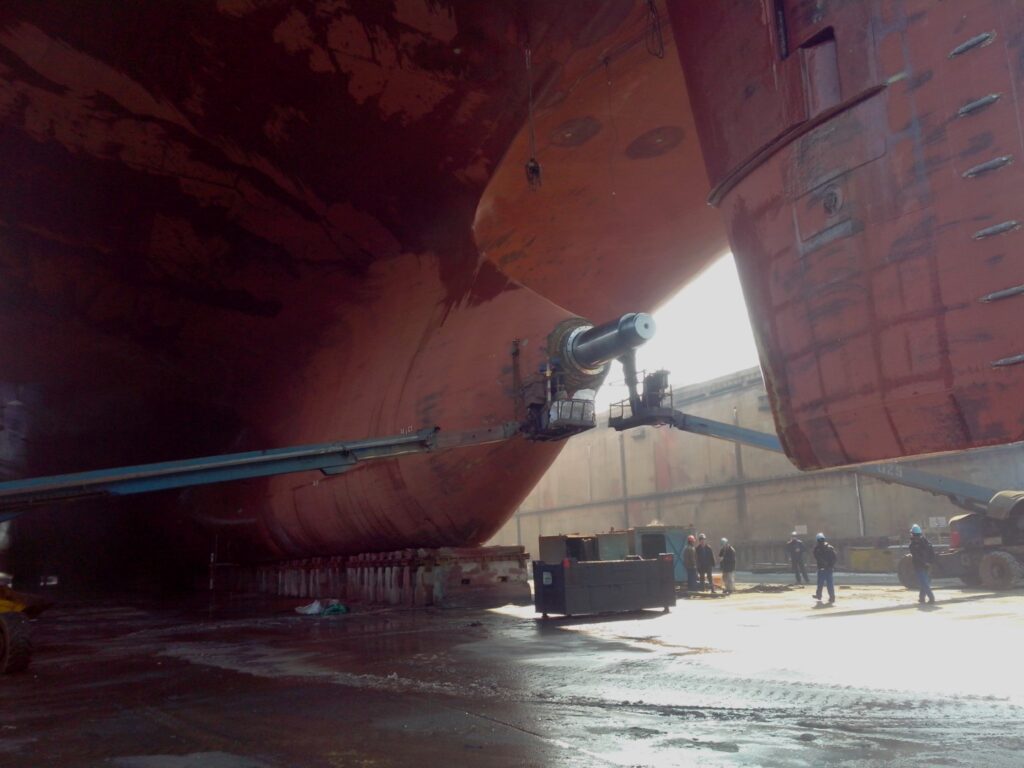Checks Before Refloating Ship After Drydock is an important task that needs to be carried out. As we know floating a vessel is a critical process that requires proper planning and execution to ensure that the vessel is safe and seaworthy. Before a vessel is floated, it is important to conduct a thorough inspection from both inside and outside to identify any potential issues that may affect its safety and performance. Below are some of the common checks that can be done before a vessel floats.
Checks Before Refloating Ship After Drydock
From the outside:
Hull and superstructure: Check the vessel’s hull and superstructure for any visible damage or deformities, such as cracks, holes, or dents. These can affect the vessel’s structural integrity and seaworthiness. Any damage should be repaired before the vessel is floated.
Bilge pumps: Ensure that the vessel’s bilge pumps are operational and able to remove water from the bilge if necessary. A malfunctioning bilge pump can result in flooding and potential damage to the vessel.
Valves, fittings, and sea connections: Verify that all valves, fittings, and sea connections are securely closed and properly installed. Any leaks or loose connections can result in water entering the vessel or other issues. The ballast tanks drain plugs needs to be put back.
Propeller and rudder: Check the propeller and rudder for any visible damage or entanglements. Any damage to these components can affect the vessel’s maneuverability and performance. Check that iccp anodes are places properly and intact.

Mooring lines: Ensure that all mooring lines are properly secured and in good condition. A loose or damaged mooring line can result in the vessel drifting away from the dock or other mooring point.
Navigation lights: Verify that the navigation lights are working correctly. Navigation lights are essential for the vessel to be visible to other vessels at night or in poor visibility conditions.
From the inside:
Fluid levels: Check the level of fuel, water, and other fluids in the tanks. Ensure that they are at the appropriate levels and that there are no leaks or other issues with the tanks.
Electrical systems: Verify that the vessel’s electrical systems, including the batteries, are fully charged and operational. Any issues with the electrical systems can affect the vessel’s ability to start, run, or maneuver.
Engine and propulsion systems: Check the engine and propulsion systems for any leaks or issues. Ensure that they are in good working order and able to provide sufficient power for the vessel to move safely.
Safety equipment: Ensure that all safety equipment, including life jackets and fire extinguishers, are properly stowed and easily accessible. Safety equipment can be critical in the event of an emergency.
Steering and maneuvering systems: Test the steering and maneuvering systems to ensure that they are working correctly. Any issues with the steering or maneuvering systems can affect the vessel’s ability to navigate safely.
Internal doors and hatches: Verify that all internal doors and hatches are securely closed. Any open doors or hatches can result in water entering the vessel or other issues.
In conclusion, conducting a thorough inspection from both inside and outside the vessel before it floats is essential to ensure its safety and seaworthiness. Any issues or potential issues should be addressed and resolved before the vessel is floated to minimize the risk of damage or accidents.



